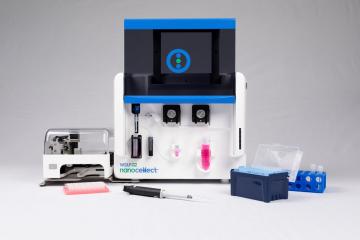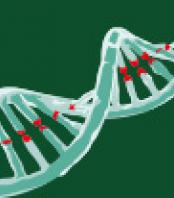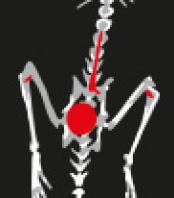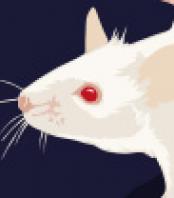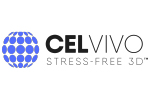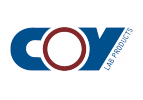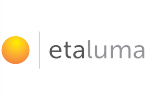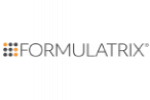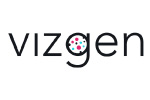Sorting plant protoplasts and microspores as well as organelles, such as chloroplasts and nuclei, is challenging with conventional cell sorters due to high sample pressures, shear stress and osmotic changes which damage cells making them unusable for downstream applications. The microfluidic WOLF G2 Cell Sorter supports cell viability and membrane integrity by using low sample pressure and customizable sheath fluid.
We will highlight:
– Challenges to sorting plant cells on traditional fluorescence-activated cell sorters
– The importance of customized sheath fluid and low sample pressure to preserve plant cell viability
– The ability of the WOLF G2 to enrich and sort protoplasts, nuclei, and embryogenic microspores, which regenerate into haploid plants
Register now












